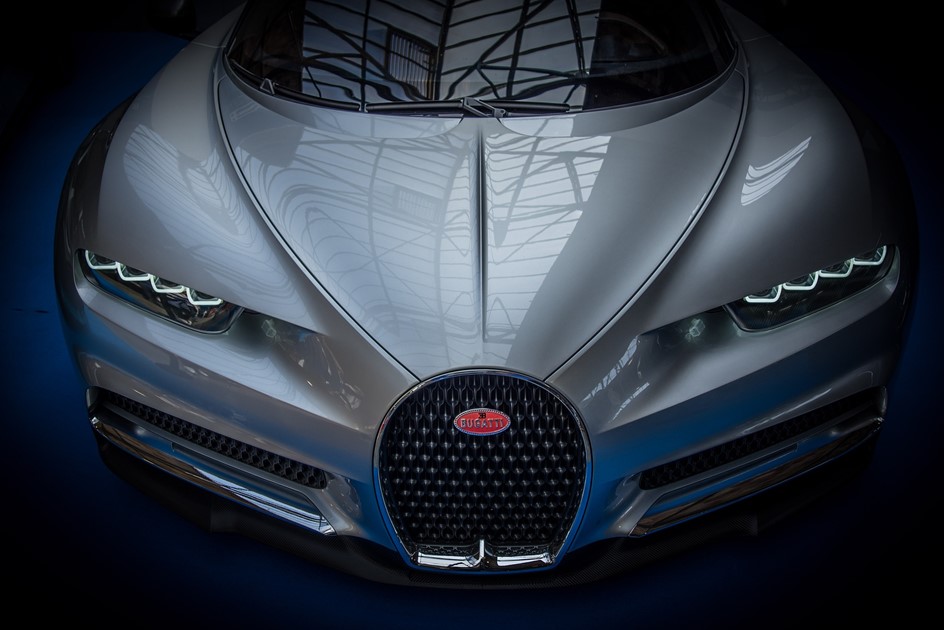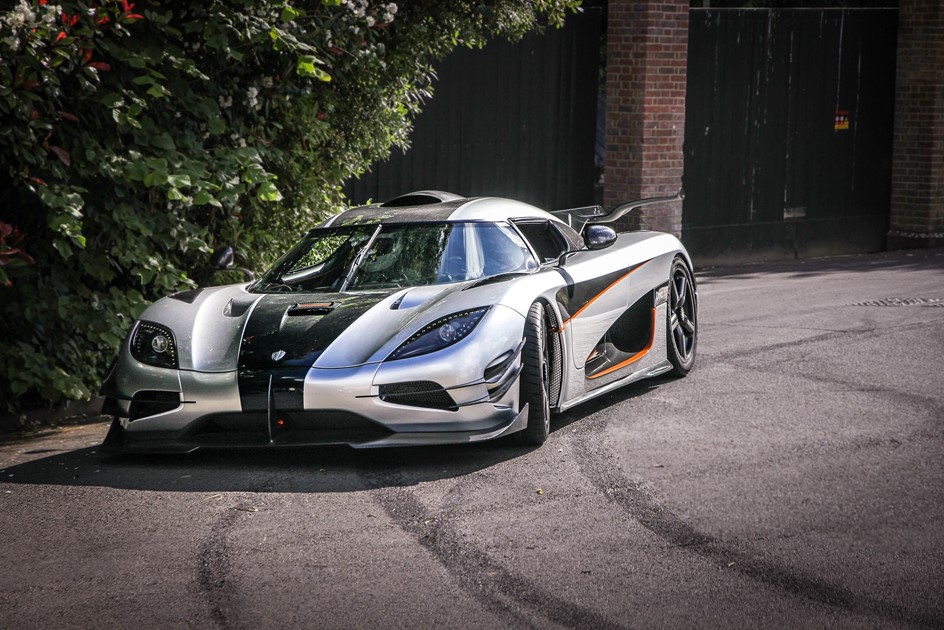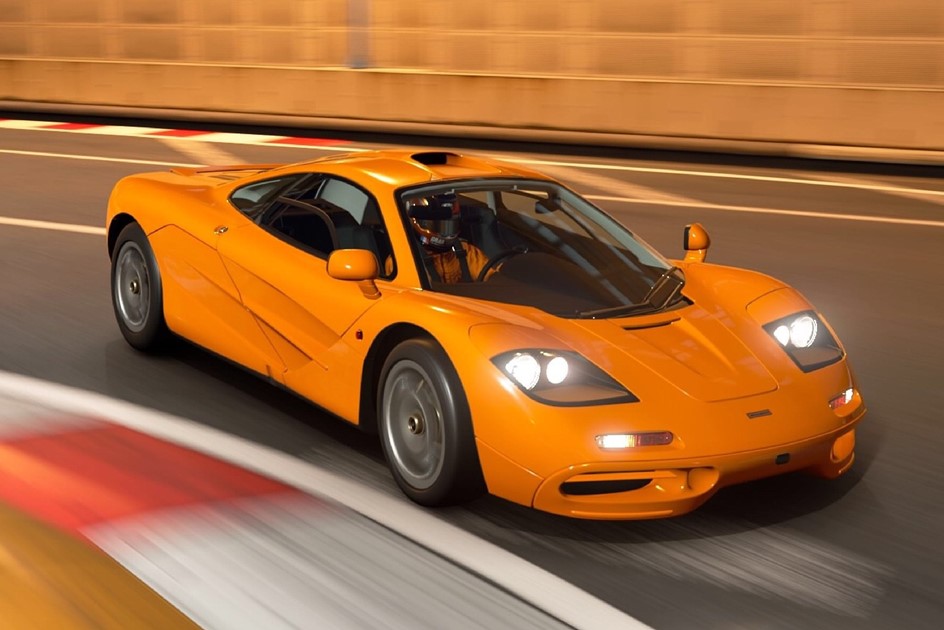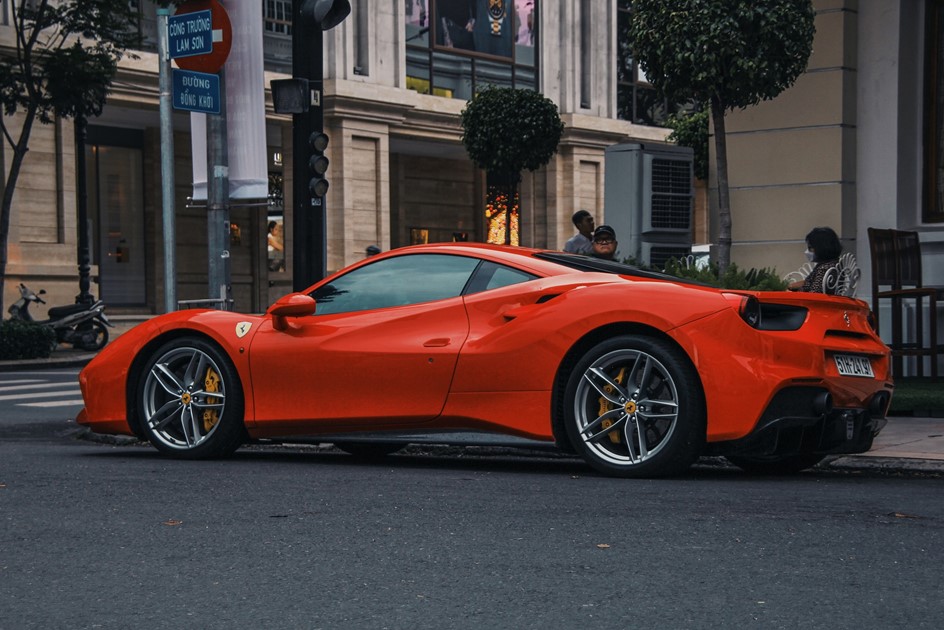What is a megacar and how is it different from a hypercar or supercar?

The term ‘megacar’ is a relatively new one when compared to the likes of hypercars and supercars. The phrasebook for classifying luxury and performance cars has been growing concurrently with consumer appetite for the fastest and best four-wheeled machines to ever be produced. As new benchmarks in automotive performance are reached, an appropriate tag is often allocated to highlight the significance of the engineering achievement.
It’s important to distinguish between these categories as there are some crucial differences. The entry criteria for each of these groups isn’t as clear-cut as you might expect and lines are often blurred, leading to confusion for those less familiar with high-end vehicles. Undoubtedly there will be some new-fangled category of ludicrously fast car in the not-too-distant future that will make everything else seem insignificant, but for now we've tried to provide some clarity on what falls into each category.
Megacars
Many have tried to define the megacar previously; the likes of Business Insider and CarThrottle articulated the sentiment effectively after the term first made headlines in 2014. In our book, it is the easiest to categorise as it comes down to a simple fact: a megacar must have a power output in excess of one megawatt (which equates to 1340hp). If it doesn’t meet that criterion, it isn’t a megacar. Simple.
The term itself was coined by Swedish entrepreneur and automotive powerhouse Christian von Koenigsegg upon the release of the One:1. When the car’s monstrous power reservoirs and equal weight-to-horsepower ratio hit the public forum, the term spread like wildfire and has become commonplace in the years that followed.
Examples
It's an exclusive club to say the least, most megacars are produced in very limited numbers and all within this group have pushed the boundaries of what a car is theoretically capable of in one way or another.
- Koenigsegg One:1
- Koenigsegg Jesko
- Hennessey Venom F5
- Bugatti Chiron
- Rimac Nevera

Hypercars
Until recently, hypercars were considered the creme de la creme of the automotive world. Real head-turners at events that boast gut-churning performance. Power output approaching four figures is entirely expected and while production numbers aren’t necessarily as sparse as megacars, the number of these monsters on the roads is very few indeed.
The first-ever hypercar is a topic of much debate among car enthusiasts with many claiming the McLaren F1 as the first to take the title while others are staunch advocates of the Bugatti Veyron. This category arguably reached its apotheosis with the introduction of the big three or ‘The Holy Trinity’ from McLaren, Porsche and Ferrari.
Examples
Having been established much earlier than its older sibling, the megacar, the range of different hypercars out there is more plentiful but that doesn’t distract from the incredible technology that lurks beneath their intricately sculpted bodywork.
- McLaren F1
- Bugatti Veyron
- Lamborghini Veneno
- Koenigsegg Agera
- McLaren P1
- Ferrari LaFerrari
- Porsche 918

Supercars
Now the group criteria broadens further still. Impressive performance stats and fewer production models in circulation are still must-haves to qualify but the inclusion of motorsport technology and cutting-edge engineering is significantly reduced over the categories that came before it. However, it's not entirely absent; carbon fibre, active aerodynamics and power output somewhere in the region of 500bhp are all common to a supercar's genetic make-up.
The first supercar is widely considered to be the Lamborghini Miura and with good reason. It ticked all of the boxes we’ve outlined for its modern counterparts; just shy of 500bhp? Check. Spectacular handling? Check. An exquisite aesthetic both inside and out? Check!
Examples
Other contenders enter the arena at this tier. It isn’t just reserved for the likes of the automotive elite like Ferrari and Bugatti. Manufacturers of a somewhat different ilk have dipped their respective toes at various times in history.

Sports cars and performance cars
The other categories of high-end vehicles are more plentiful in terms of numbers produced and are subsequently more accessible, but that makes them no less fun to drive or striking to look at. In fact, it's quite often the case that more manageable power output and less technology can deliver a more pure and rewarding driving experience.
Sports cars comprise the entry-level Porsche cars such as the Boxster and Cayman as well as cars like the Alpine A110 and Toyota GR Supra. Performance cars meanwhile are more catered to, you guessed it, performance as opposed to luxury and appearance. Cars like the Nissan GT-R, Honda NSX and Mitsubishi Evolution occupy this space.

View our full range of rare and collectable cars.

